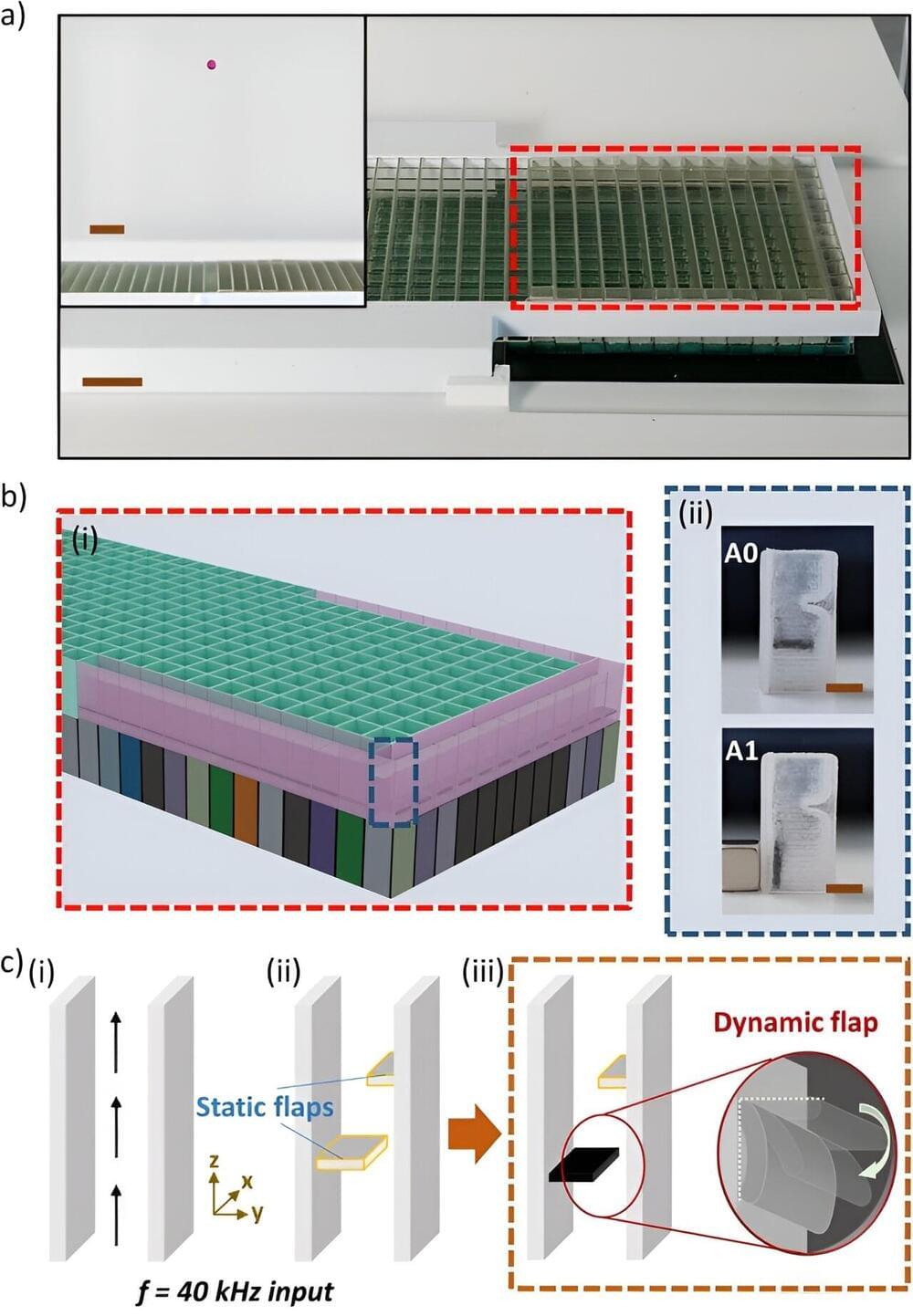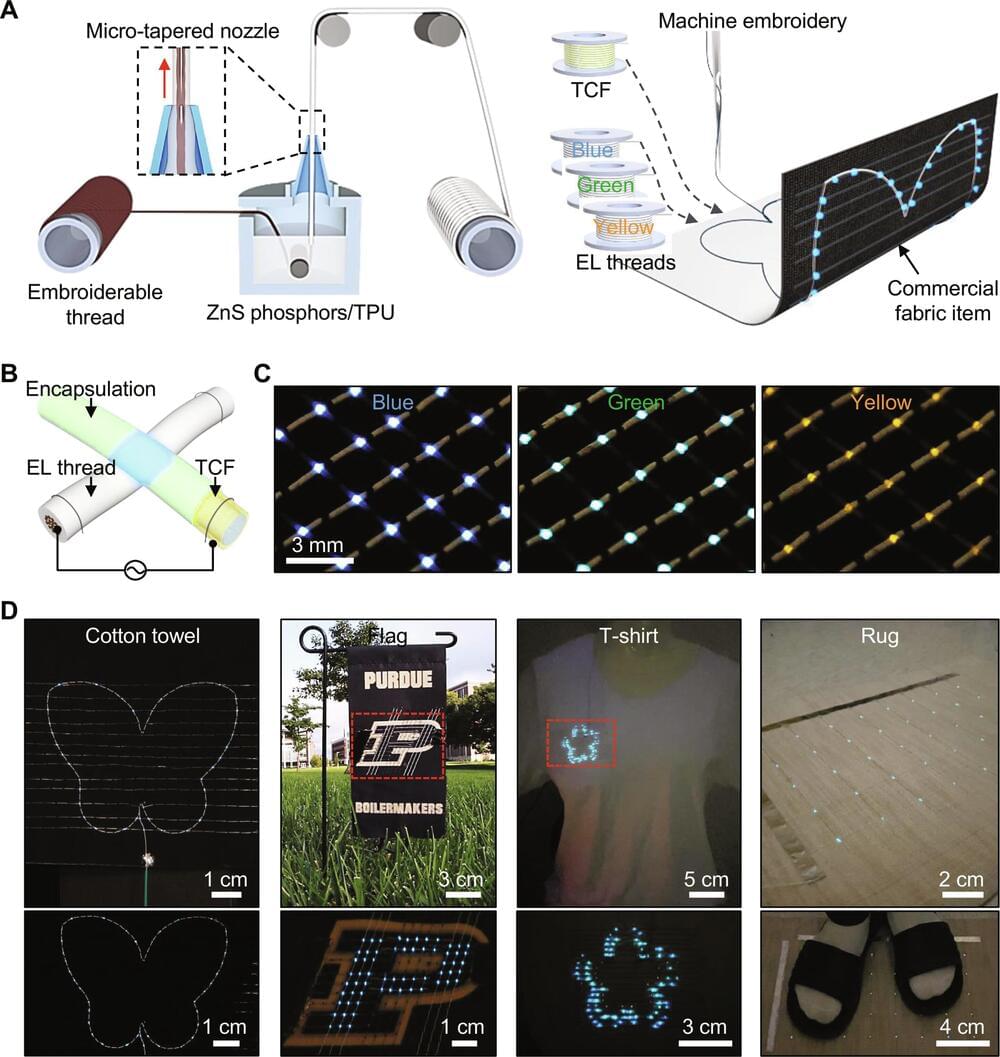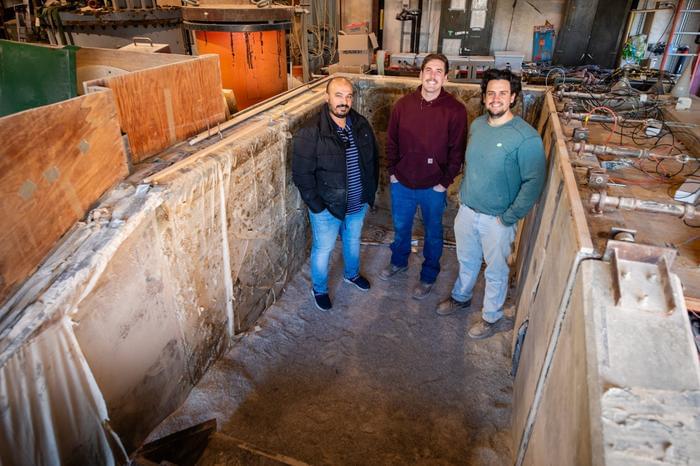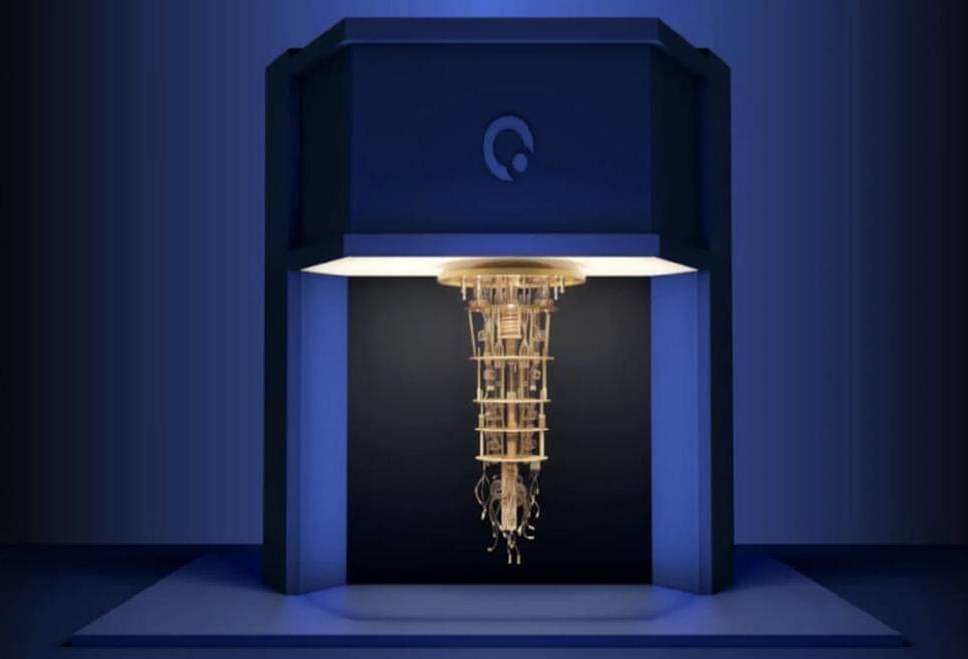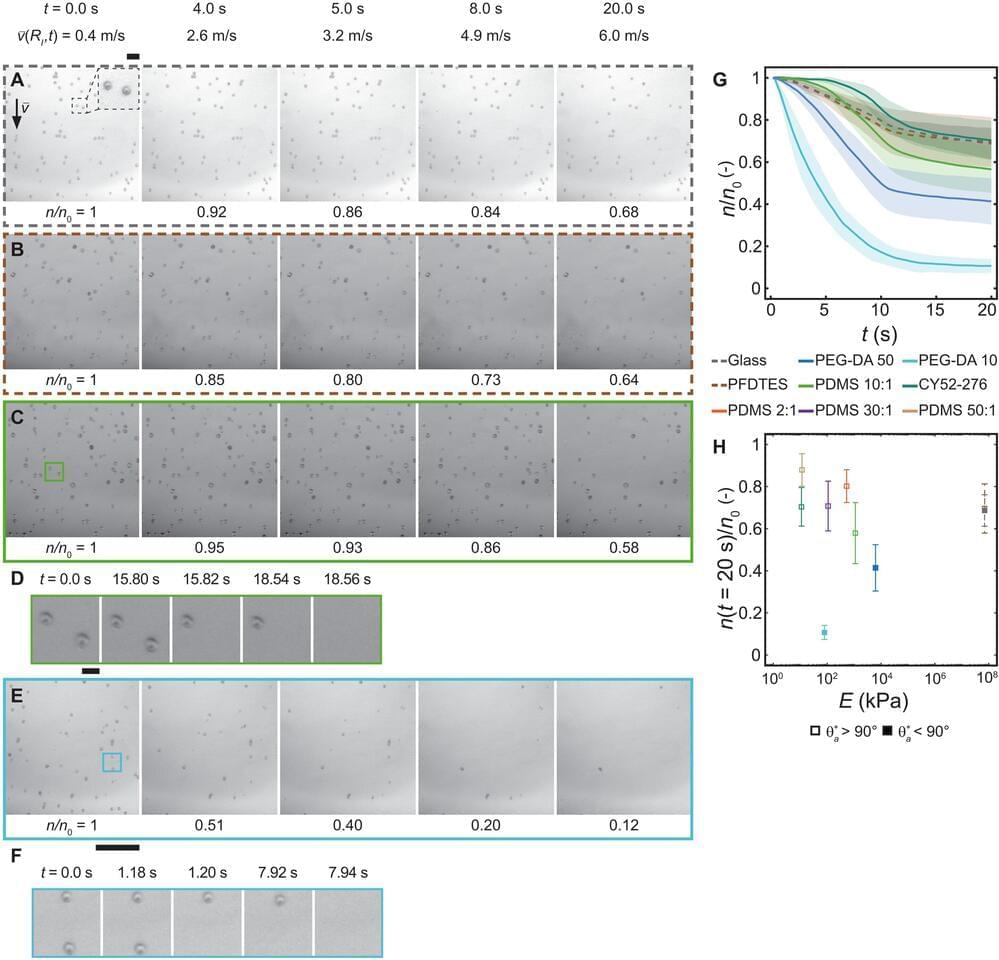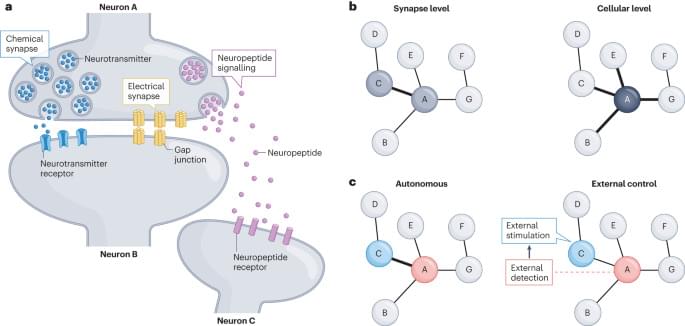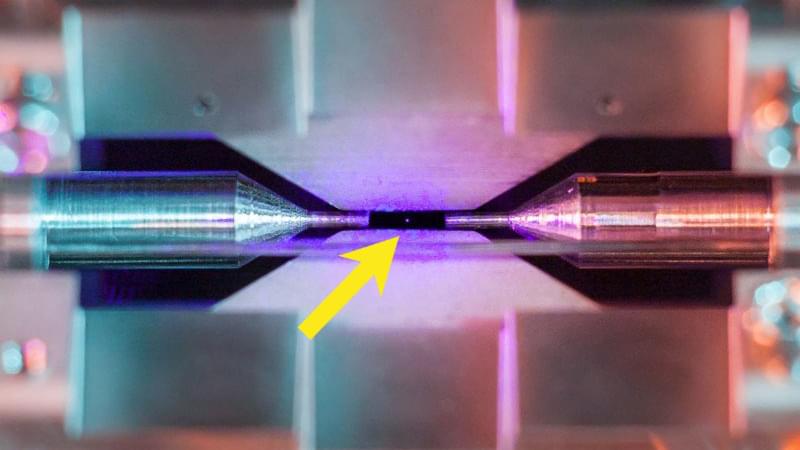Jan 10, 2024
A magnetically actuated acoustic metamaterial
Posted by Saúl Morales Rodriguéz in categories: computing, engineering, space
Space coiling acoustic metamaterials are static and require manual reconfiguration for sound-field modulation. In a new report published in Communications Materials, Christabel Choi, and a team of scientists in computer science and engineering in the U.K., and Italy, developed an approach for active reconfiguration with standalone dynamics to space-coil unit cells known as dynamic meta-bricks.
The meta-bricks housed an actuatable, magnetorheological, elastomeric flap, to function like a switch and to directly regulate the transmitted ultrasound. The scientists showed the synergy between active and passive reconfigurability to develop multifunctional metamaterials with additional degrees of freedom, for design and implementation.
